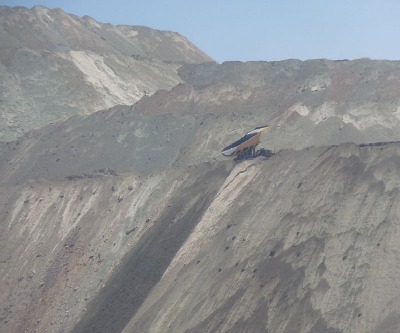
In New York trade on Tuesday copper for delivery in December turned positive ticking higher to $2.4280 per pound or around $5,350 a tonne.
Last Friday the price reached a near 8-week high following a torrid week of trading that saw the price rise nearly 6%. The red metal has recovered strongly from six-year lows struck late August, but remains down some 13% year to date after a 16% fall in 2014.
The latest rally was inspired by the announcement of steep production cuts by Glencore (LON:GLEN), the world’s number four producer of the metal.
Glencore’s move followed news that US-based Freeport-McMoRan (NYSE:FCX) which vies with Codelco as the world number one copper miner in terms of output, is cutting in half output at is El Abra mine in Chile and idling two US mines.
For its part Chile’s state-owned Codelco has vowed to “cut costs to the bone” and delayed several expansion projects including going underground at Chuquicamata and pushing back expansion of the Andina complex by two years.
An new research note by Citigroup predicts production cuts and mine disruptions will send the market back into deficit in 2016. So far in 2015 over 1.5 million tonnes were lost due to labour action and the weather including floods in the Atacama desert in Chile, lack of rain in Zambia and Indonesia where Freeport predicted lower output at its giant Grasberg mine due to the El Nino weather effect.
According to Bloomberg Citigroup analysts are predicting mine output this year will total 18.9 million tonnes leading to small primary surplus. But the market will return to a deficit of 284,000 tonnes next year and stay in deficit – albeit a shrinking one – through 2019. The investment banks sees copper trading above $5,700 by the fourth quarter.
That compares to an expansions of 1.3% expected by Citigroup for next year. The bank also says to “reach consensus expectations of 3 percent to 4 percent annualized growth this year would imply an ‘unrealistic acceleration’ to as much as 9 percent for the second half of 2015.”
Another factor that should support prices is falling grades and dirty concentrate at the world’s largest mines. The proportion of deleterious elements such as arsenic, antimony and bismuth have crept up relative to copper concentrate grades over the past decade as result of a greater proportion of low grade – high tonnage operations.
Citigroup also analyzed the impact of weaker local currencies and found that the savings from the strong dollar for producers in Latin America, Africa and Asia are less than expected. Around two-thirds of capex at major global producers and 28% of total costs are dollar-denominated reducing the positive impact of weak local currencies on cash costs.
Last week a new report by Capital Economics made an even more bullish case for copper mainly because the London-based independent research house believes mine supply will only grow by an anaemic 1.7% this year before contracting next year.